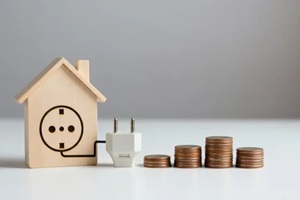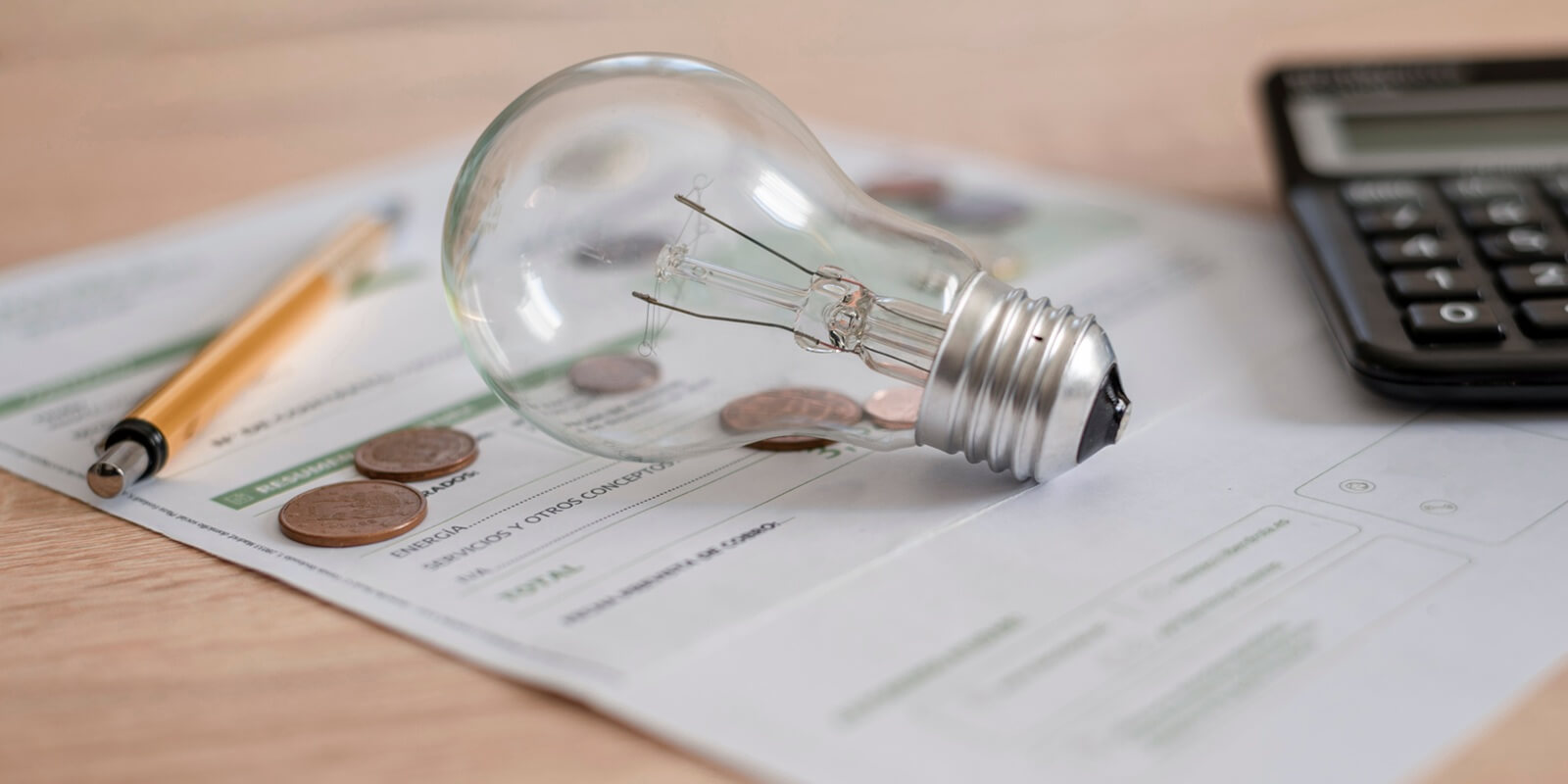Many Maryland homeowners have noticed increases in their energy bills in recent months. These increases may be planned upcharges by energy suppliers or the results of market changes. In either case, homeowners seek ways to save on their monthly energy bills. The first step to monthly savings is to spot hidden costs of power usage by correctly interpreting the information contained in monthly electric bills.
This article examines the hidden costs of monthly power usage to help homeowners understand their price increases and potentially save on electricity. We will reference example bills from two of Maryland’s most prominent energy suppliers, BGE and Pepco, to clarify how these hidden costs appear and what they mean. However, the information will be similar to any bill from any energy supplier.
What is kWh Usage on a Power Bill?

The metric kWh or kilowatt-hours is the standardized measurement for energy usage. It refers to how much energy a device or home consumes in one hour. Importantly, though the term includes “hours,” time is not relevant as a rate of power consumption. It is simply a measure of the total amount of energy consumed.
Put another way, 1,000 1W bulbs running for an hour and 10 1W bulbs running for 100 hours would still use up 1 kWh of energy. This is important for homeowners to understand because all energy usage on power bills is recorded hourly and listed in kWh as a total usage amount per month and an extra charge for numerous smaller fees.
Homeowners can see a breakdown of their energy usage in kWh under “Details of your Electric Charges” on Page Two of a Pepco Bill and “Electric details” on Page Two of a BGE bill. This includes a description of the type of charges made during that month and how the supplier calculated them. A bar graph showing annual electric usage for the current 12-month period shows energy usage in kWh for each month (this is on Page 3 of Pepco bills).
The itemized charges, known as Supply and Delivery charges, are where the hidden costs will be listed. Most homeowners gloss over this section, but it contains the information needed to understand rising energy bills.
Examples of Hidden Fees in Supply and Delivery Charges
Supply charges are the costs associated with the supplier’s purchase or generation of the energy a home uses. Delivery charges are the costs associated with bringing the electricity to the home, including infrastructure and distribution charges. Both of these categories can contain hidden fees on electric bills, including:
- Time-of-Use Charges: These charges track when homeowners use power, measured in kW each month. Electric companies track peak and off-peak power usage (when the grid is busier or less busy) and incentivize off-peak usage by charging more in high-demand times. Homeowners can reduce or prevent these charges by saving power-hungry tasks such as washing clothes for when the grid is less busy.
- Renewable Energy Charges: Utility providers in Maryland charge homeowners for renewable energy initiatives in several ways. The EmPOWER Maryland charge is a hidden cost on energy bills that funds programs to reduce the state’s greenhouse gas emissions. An Environmental Surcharge is another example of a fee the supplier must pay to the state of Maryland and pass on to homeowners.
- Facilitation Charges: These costs help utility providers pay for account and admin expenses related to managing bill collection. It allows utility providers to charge homeowners for both the electricity and the bill processing itself.
- Meter Reading Charges: Meter reading requires logistical costs, which utility providers often include on electric bills. When the utility reading process is disrupted due to weather or other circumstances, these charges may be delayed or increased depending on the monitoring costs the suppliers pay.
Most hidden costs on electric bills are outside of the homeowner’s control, unrelated to their actual kWh usage. Charges related to energy use, such as demand charges, can be mitigated by making homes more energy efficient, including switching to solar installations and using less power during peak times.
Homeowners should consult with solar energy installers to learn more about reducing hidden costs related to power grid strain and delivery charges and how to use solar incentives to balance energy hikes in the coming years.
Consult Energy Select for Cost-Saving Solar Energy Installations

Hidden costs in energy bills can drive up homeowners’ monthly bills faster than utility hikes, market changes, and inflation. Many homeowners in Maryland have noticed rising costs from Pepco, BGE, and other energy suppliers and wonder whether hidden costs related to kWh usage may be to blame. In many cases, energy usage during peak times and additional administrative charges from the supplier could be the cause.
At Energy Select, our professional solar installers help homeowners mitigate hidden costs on their electric bills with new solar arrays. We aim to provide sustainable, long-term solutions to rising energy costs by getting homeowners off the grid and making them more energy-independent. Contact our team today to learn how solar arrays can offset the hidden costs in your energy bills.


